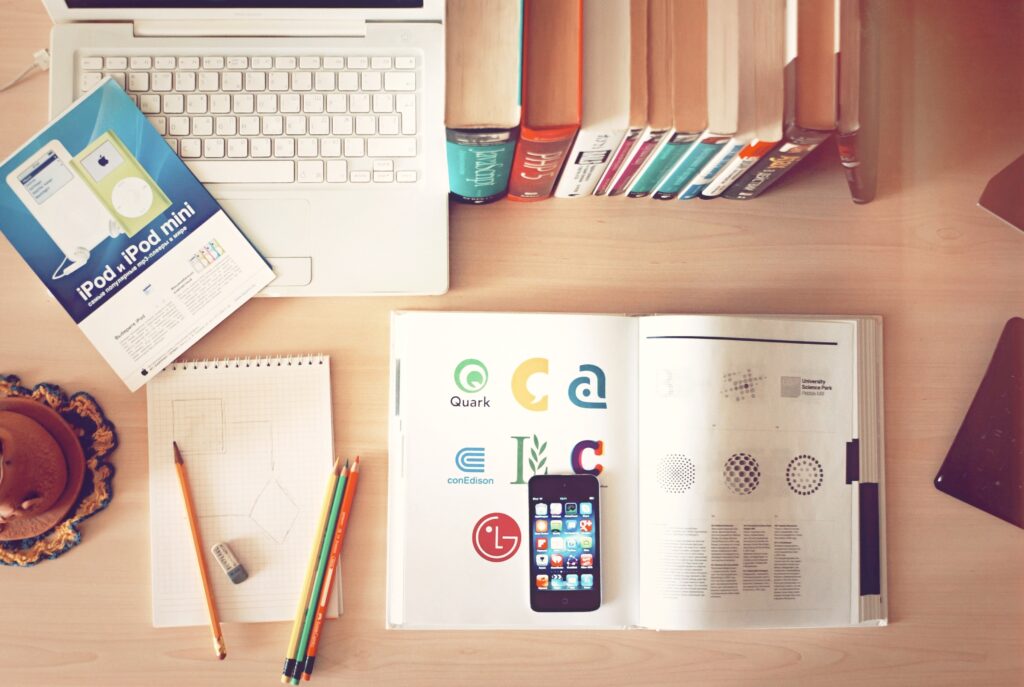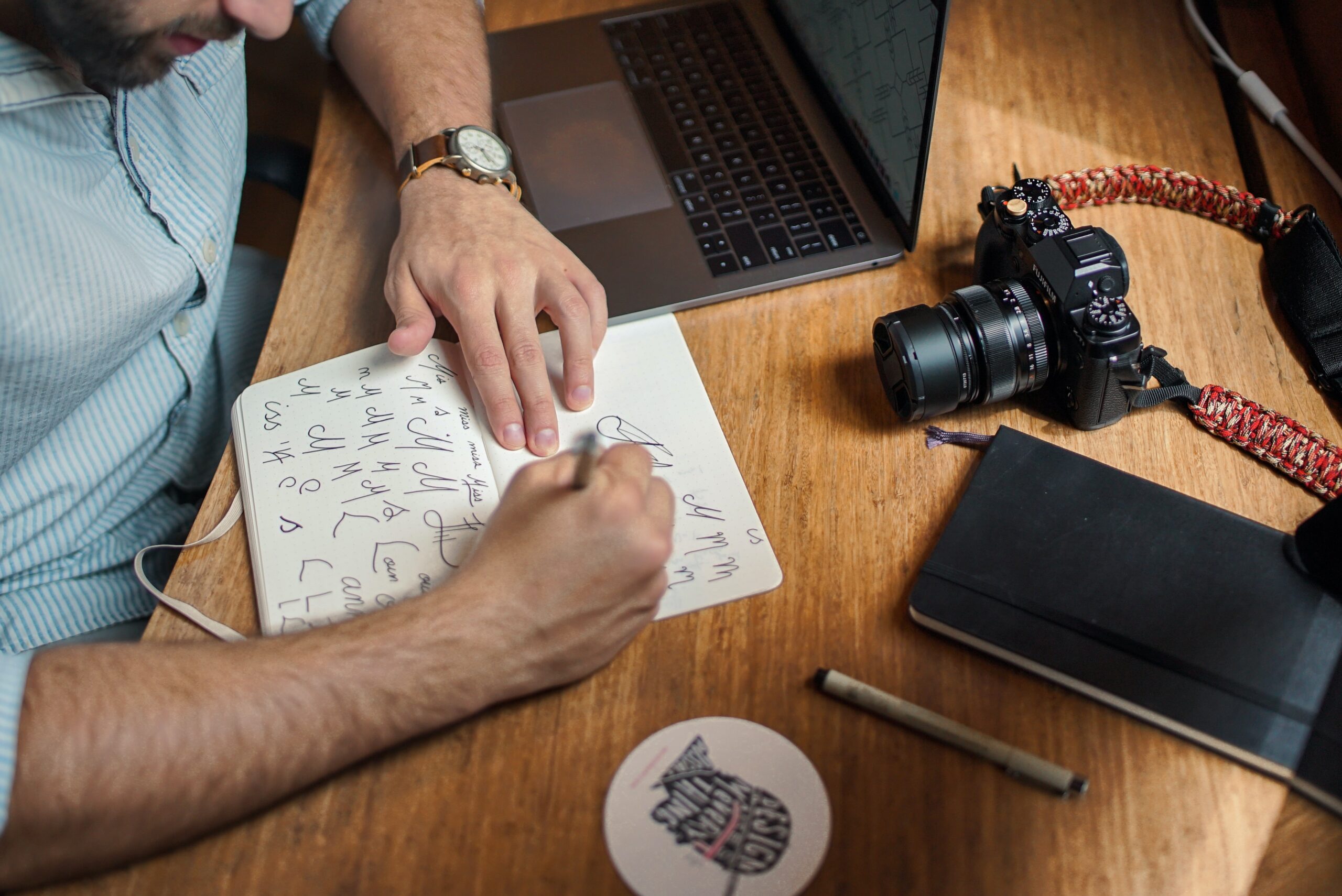The Power of First Impressions: Unleashing the Impact of Logo Design
It’s no secret that first impressions are incredibly important for small businesses. From corporate branding to website design, the elements of any business’s visual identity will determine how customers perceive your company before even reading a single word about what it does — and this is especially true when it comes to logo design. In fact, research suggests that people form an opinion about a business within just seconds of seeing its logo, which means investing in high-quality professional graphic design services can have a huge impact on the success of any small business venture. In this blog post, we’ll discuss why crafting the perfect logo is essential for maximising customer engagement and how you can ensure your company’s identity reflects everything you want it to be.
The Role of Logo Design in Creating a Positive First Impression
First impressions are crucial in any situation, especially when it comes to business. The role of logo design in creating a positive first impression is often overlooked, but it can make all the difference. A well-designed logo is like a handshake, it communicates professionalism, trustworthiness, and credibility, which are key factors in gaining the trust and loyalty of customers. It’s not just about creating something aesthetically pleasing, it’s about creating a visual representation of your brand that resonates with your target audience. A logo is the face of your brand, and it’s the first thing people see when they encounter your business. Therefore, it’s essential to invest time and resources into creating a logo that accurately represents your business values and leaves a lasting positive impression in the minds of potential customers.

Why Logos Matter for Your Brand’s Success
Logos are an essential component of any brand’s identity. A well-designed logo immediately conveys the personality and values of a company to customers and establishes a memorable brand image. Investing in a strong logo design pays off in the long run, as it helps businesses stand out in crowded markets and generates brand recognition. A well-crafted logo can also make a brand appear more professional, trustworthy, and reliable, thereby improving customer loyalty and increasing revenue. Without a strong logo, a business risks diminishing its market appeal and failing to communicate its unique identity to potential customers. So, to ensure your brand’s success, it’s crucial to invest time and resources into creating a logo that truly represents your company’s values and mission.
Common Mistakes to Avoid When Designing a Logo
Designing the perfect logo is not an easy task, and making mistakes along the way is inevitable. However, there are some common mistakes that you need to avoid at all costs if you want your logo to stand out. Firstly, be cautious not to include too many elements in your design. A cluttered logo will only confuse the viewer and detract from your message. Secondly, don’t use trendy fonts that might go out of style in a few years. Your logo needs to be timeless, and to achieve this, opt for simple and classic fonts. Lastly, don’t forget to consider the negative space in your design. The negative space is just as important as the positive space and can create a powerful visual impact if used correctly. By keeping these common mistakes in mind, you’ll be one step closer to creating a logo that is memorable, effective and long-lasting.
Tips for an Eye-Catching Logo Design
When it comes to designing a logo, standing out from the crowd is the key to success. However, creating an eye-catching logo is easier said than done. Start by keeping it simple – a cluttered design can quickly become confusing and fail to effectively communicate your brand. Additionally, consider incorporating a unique visual element that relates to what your company does, but also offers a touch of creativity. Don’t shy away from experimenting with colours, but avoid using too many. Lastly, test your design in different sizes and mediums to ensure it remains readable and impactful in any context. Following these tips will help you create a logo that not only catches the eye but also stands the test of time.
How to Integrate Logo Design Into Your Marketing Plan
Logo design is perhaps one of the most important elements of any business’s branding strategy. A well-crafted logo can help you stand out from the competition and become instantly recognisable to your target audience. But how do you integrate your logo into your overall marketing plan? One key strategy is to ensure consistency across all platforms, from your website to your social media profiles to your print materials. This reinforces your brand and helps to build trust with customers. Additionally, consider using your logo in promotional materials, such as custom merchandise or event banners. By incorporating your logo into your marketing plan in a thoughtful and consistent manner, you can maximise its impact on your overall branding and messaging efforts.

Examples of Different Types of Logos and Their Uses
Logos are essential in creating a brand identity. They help businesses communicate their message and distinguish themselves from their competitors. There are various types of logos, each with their unique style and purpose. For instance, a wordmark logo consists of the company’s name and is ideal for businesses with a distinct brand name. On the other hand, a pictorial logo features an iconic image that represents the brand and is beneficial for businesses that need to create a memorable visual representation. Emblem logos combine a company name and an image, typically presented in a circular or square shape, to make them look more official. Lastly, abstract logos feature nonspecific shapes and patterns, giving them an artistic appeal and allowing them to convey multiple meanings. Overall, understanding the different types of logos and their uses will help businesses create a strong brand identity that resonates with their target audience.
It is clear that logo design plays an important role in helping you to create a positive first impression with your customers and it is essential for your brand’s success. As such, it is important that you take the time to consider each of the elements when designing a logo and also use the tips outlined here as part of the process. Furthermore, it will be beneficial to integrate your logo design into your marketing plan early on so that you can be sure to leverage its advantages in the long term. Finally, examples of different types of logos can help provide clarity for any questions you may have about utilising specific styles to effectively portray your brand’s identity. By taking note of each of these points, you are sure to create an eye-catching logo design that will make a lasting impression on potential customers and ensure the success of your business.
